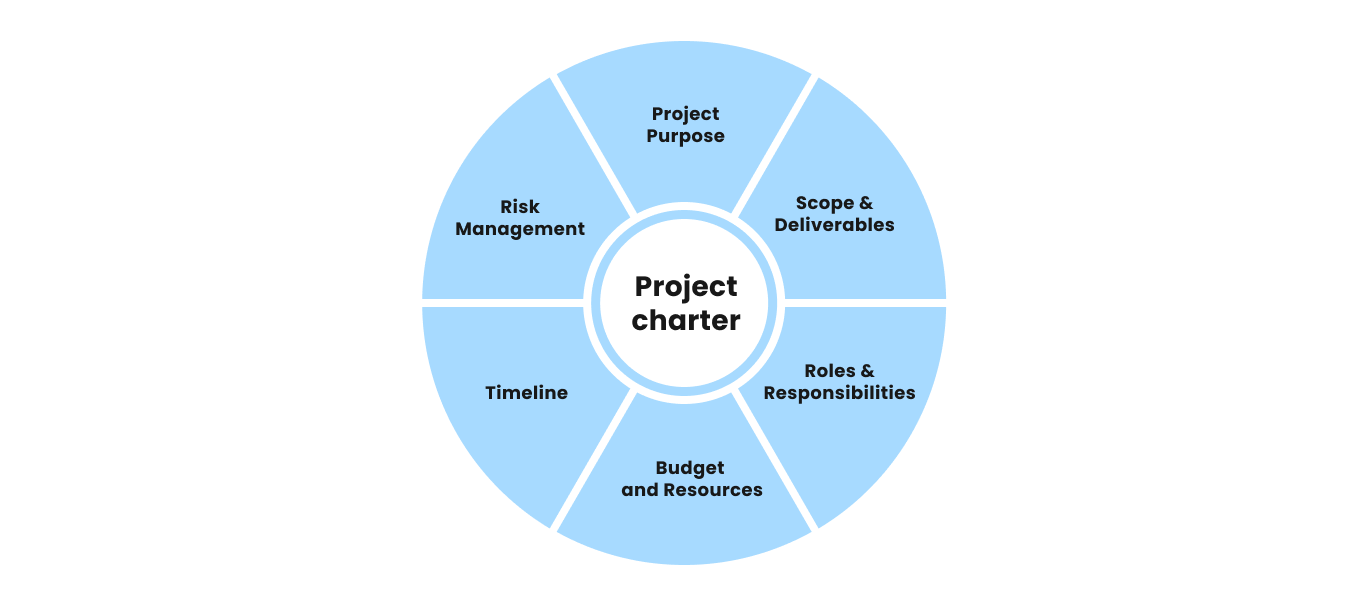What Is a Project Charter?
April 15, 2024 · 7 min read
This article will start a series of articles devoted to a project charter and its role in project management.
Before we dive into the details, let me share a metaphor with you to help focus on what to keep in mind for a charter to be successful rather than just a filled-in template.
The Soccer Game Metaphor
Imagine you're a middle school student, eagerly awaiting the end of the last class of the day. You and your friends have planned to play soccer after school. The bell rings, and you rush out to the schoolyard, which is not equipped as a soccer field. You have a ball, and you split into two teams. What are you missing? Obviously, you lack gates. You make it with two backpacks as goalposts, and now you can play soccer.
Usually, the preparation ends here. The same happens with project managers: a project comes in, and the manager immediately starts devising an implementation plan and forming schedules. But wait! Let's tell both the manager and the kids what the problem is.
Identifying the Problem
As you begin to play, it quickly becomes clear that something's uncomfortable. Certain things should have been agreed upon beforehand. For instance, the ball frequently flies into the neighboring yard, and someone has to retrieve it while the rest wait, not playing. This happens so often that it seems to disrupt the game and becomes frustrating.
Or someone from the opposing team stands by your goal waiting for the ball instead of moving and playing, scoring goals constantly. In both situations, we needed to formally introduce rules on how to behave to not spoil the enjoyment of the game.
The Role of the Project Charter
In project management, the project charter should be thought of not as setting up for a match but as the rules of the game. What does this mean?
The charter should only include things that will remain unchanged throughout the project.
Let's say we have $10 million at the start to construct a five-story building over the year. Then, mid-project, we decide to add more floors without changing other variables; this becomes a completely different project. If such a situation arises in reality, the current project is halted and restarted with a new charter that outlines the new project scope.
Importance of Clarity and Agreement
What else should a project manager consider about the charter?
t's critically important in the charter to agree on what you need. The manager and the sponsor have their responsibilities. As we've often said, the manager is someone caught in the triangle of deadlines, budget, and scope. The sponsor is the one providing financial resources for the project. Therefore, if you need someone or something for the project, include it in the charter.
The charter is a document where responsibilities can be clearly divided and agreed upon with the sponsor.
Components of a Successful Charter

To summarize, a well-crafted project charter includes the following key components:
- Project Purpose: Clearly defines the project's objectives and the problem it aims to solve.
- Scope and Deliverables: Outlines what is included in the project scope and the expected deliverables, ensuring all stakeholders have a shared understanding of what is to be achieved.
- Roles and Responsibilities: Specifies the roles of everyone involved in the project, from team members to sponsors, delineating who is responsible for what.
- Budget and Resources: Details the budget, including financial limits, and the resources available to the project team.
- Timeline: Provides a high-level timeline or milestones for the project, offering a roadmap for delivery.
- Risk Management: Identifies potential risks and outlines strategies for mitigating these risks to prevent project derailment.
Conclusion
In essence, creating a project charter is like setting the stage for a well-organized game of soccer among friends. It's about foreseeing potential problems and laying down the rules beforehand to ensure the game—or project—goes smoothly. It defines the playing field, assigns roles, and ensures everyone knows what's expected of them, ultimately preventing frustration and helping achieve the project's goals efficiently.


